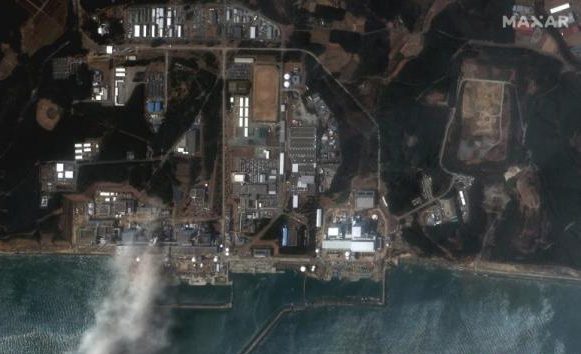April 6 According to a report by Kyodo News Agency of Japan, relevant Japanese government sources revealed on the 6th that the government has adjusted the direction of holding a cabinet staff meeting as early as the 13th around the treatment of water treatment at the Fukushima Daiichi nuclear power plant of Tokyo Electric Power Company. Before that, Prime Minister Yoshihiro Kan will meet with Hiroshi Kishi, president of the National Federation of Fisheries Associations who opposes the treatment of water discharge into the sea.
It is reported that the storage tank for the treated water will reach the capacity limit as early as summer 2022. Although the Japanese government is exploring ways to discharge into the sea, it has met with fierce opposition from fishermen who are worried about damaged image. According to the report, whether Yoshihiro Kan can get the understanding of Hiroshi Kishi in his meeting with Hiroshi is the focus. According to the results of the meeting, the schedule of the relevant cabinet staff meeting may be fine-tuned.
Kan Yiwei said on the treatment of water disposal on occasions such as in March’s congressional defense: “It should not be put on hold without delay. The disposal policy will be finalized at the appropriate time.”
The report pointed out that with regard to the disposal methods of water, the small government committee proposed in February 2020 that the practice of discreting into the ocean and atmosphere that has achieved practical results at home and abroad is more realistic. In March of the same year, TELD produced a draft to discharge treatment water into the sea, indicating that the activity of radioactive materials would be diluted below the statutory standard.
After that, the Japanese government explained the policy to the local level. According to relevant people, it was originally planned to hold a cabinet staff meeting as early as late October 2020 to formally finalize emissions into the sea, but after that, on the grounds that it was necessary to concretize the image damage countermeasures and carefully release information, suspended the finalization of the policy, repeatedly explained and exchanged views to relevant people, and continued to discuss. .
According to the introduction, at the Fukushima Daiichi nuclear power plant, in order to cool the nuclear fuel melted down by the 2011 nuclear accident, water injection operations were carried out, generating a large amount of nuclear sewage. After the use of “multi-nuclide removal equipment” (ALPS) to purify nuclear sewage, the resulting treatment water has increased. Because it is impossible to remove tritium from radioactive substances, the treated water has been stored in many tanks.



